Image of the Day Archives

For older Image of the Day pictures, please visit the Image of the Day archives. Pictured: NGC 2467.
New England Sky
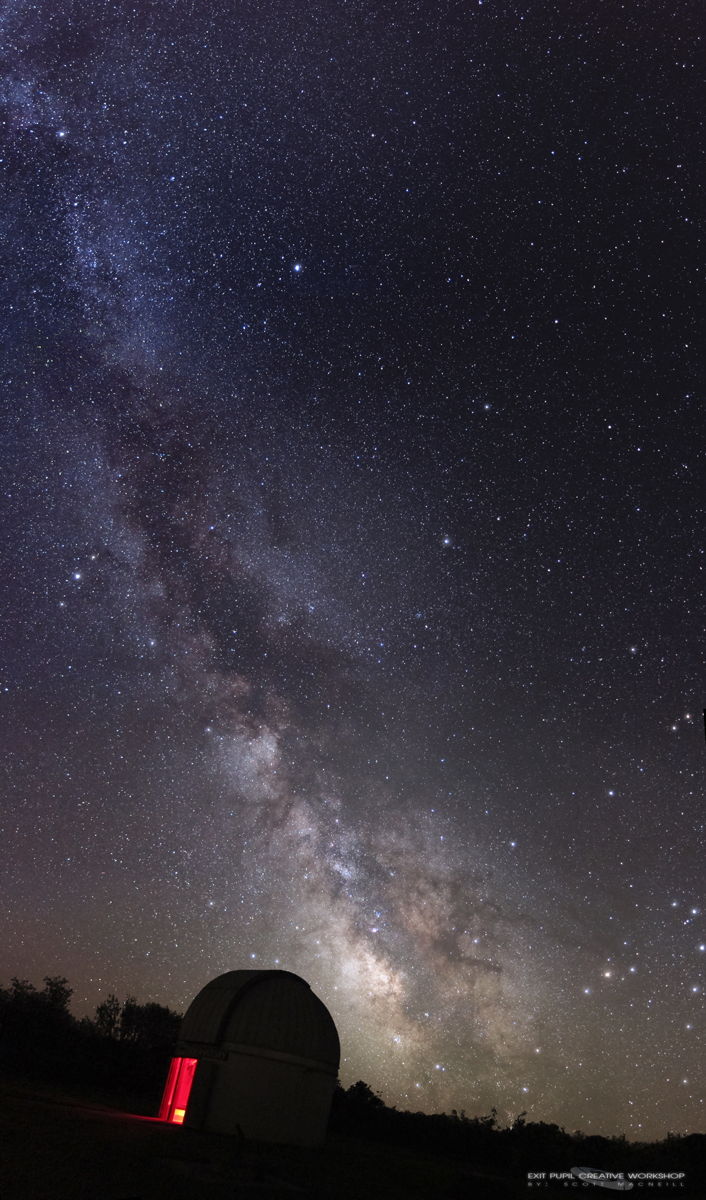
Monday, June 3, 2013: Astrophotographer Scott MacNeill sent in a photo of the Milky Way, Summer Triangle and the Coat Hanger cluster rising beyond Frosty Drew Observatory in Charlestown, RI. Photo undated.
— Tom Chao
Get Close
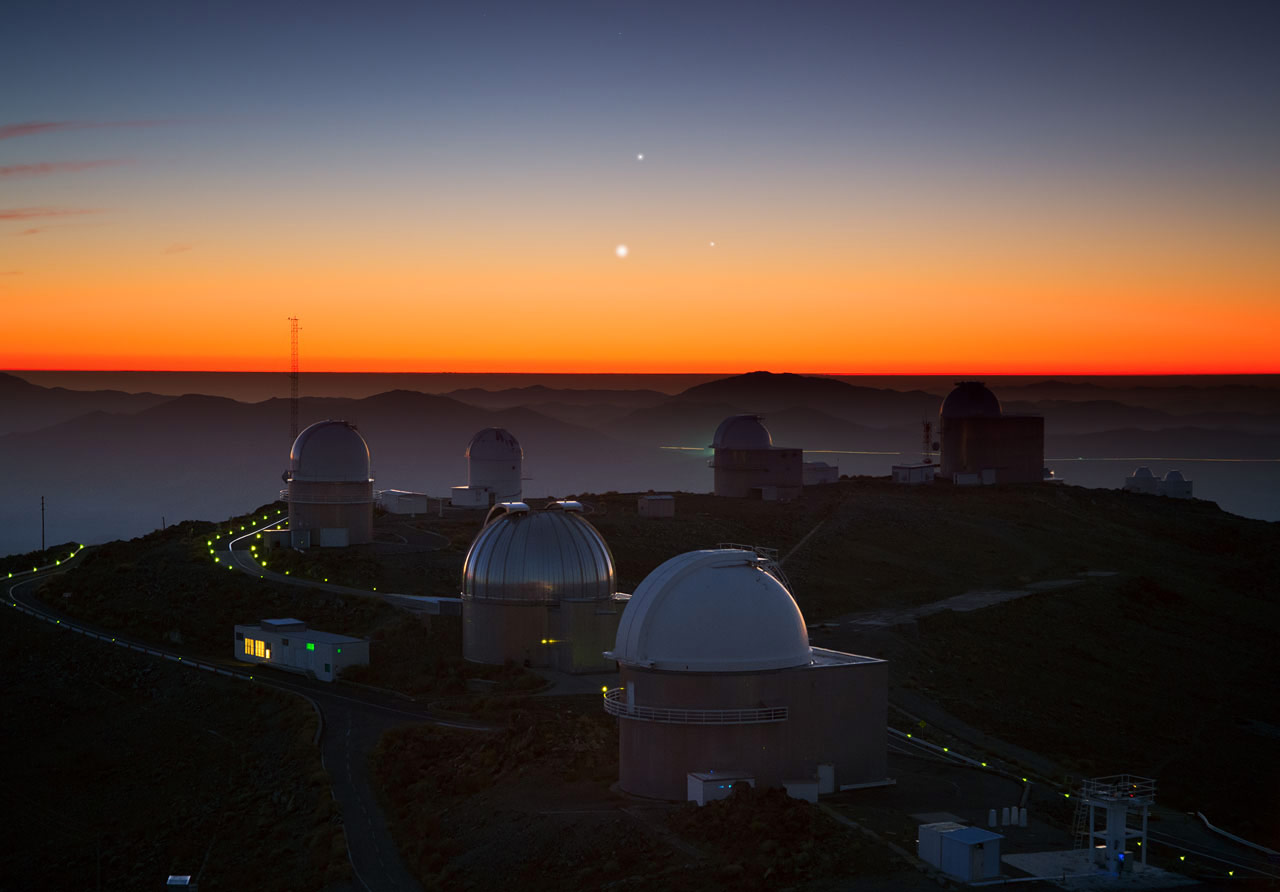
Tuesday, June 4, 2013: Syzygy occurs when three or more celestial bodies nearly align themselves in the sky, and one has been occurring recently. Since the celestial bodies involved lie at similar ecliptic longitude currently, this event is also known as a triple near-conjunction. Planets appear over ESO's La Silla Observatory in northern Chile on May 26, 2013. Above the round domes of the telescopes, three of our solar system neighbors appear after sunset: Jupiter (top), Venus (lower left), and Mercury (lower right). An alignment like this happens infrequently. The last one took place in May 2011, and the next one will not occur until October 2015..
— Tom Chao
Rays of the Sun
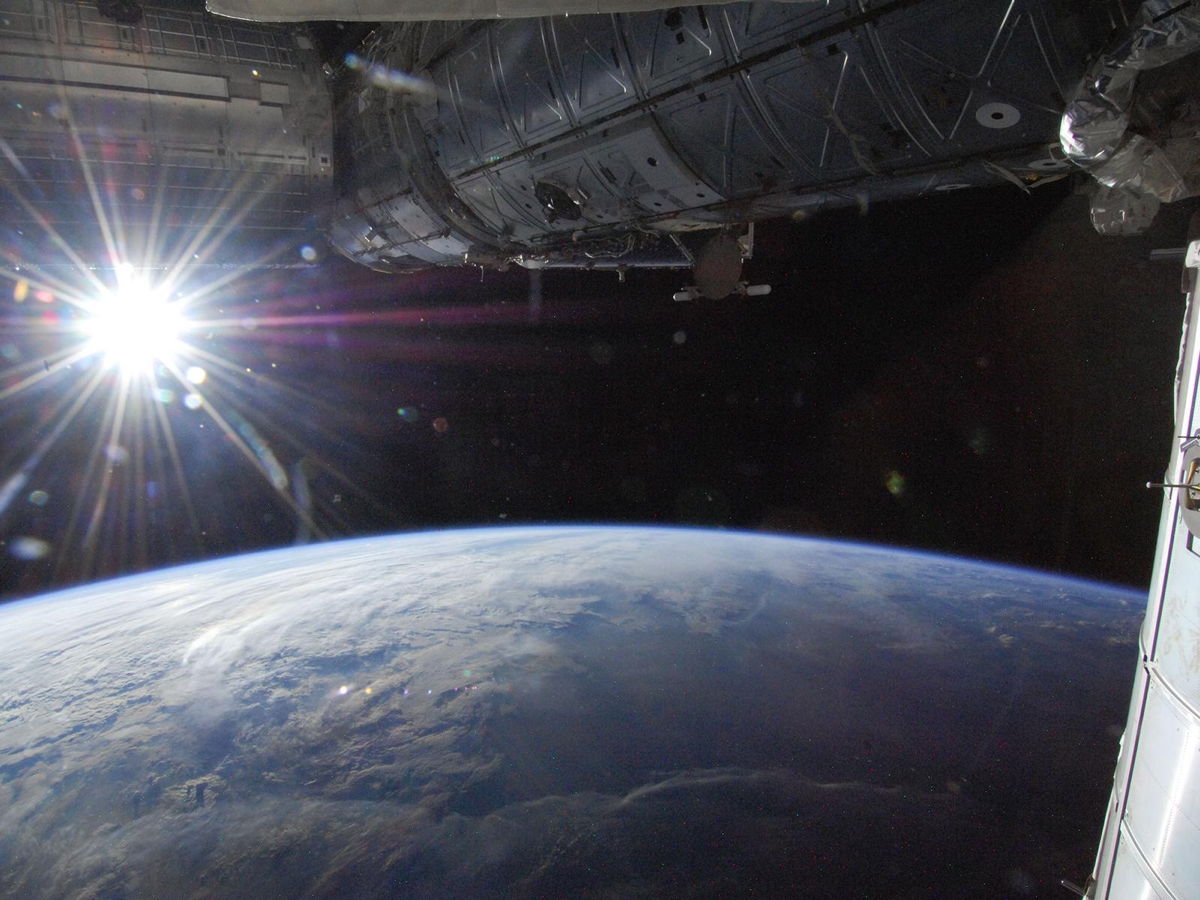
Wednesday, June 5, 2013: The sun glints over Earth's horizon as photographed by one of the Expedition 36 crew members aboard the International Space Station while floating above southwestern Minnesota on May 21, 2013.
— Tom Chao
Penetrate the Evening
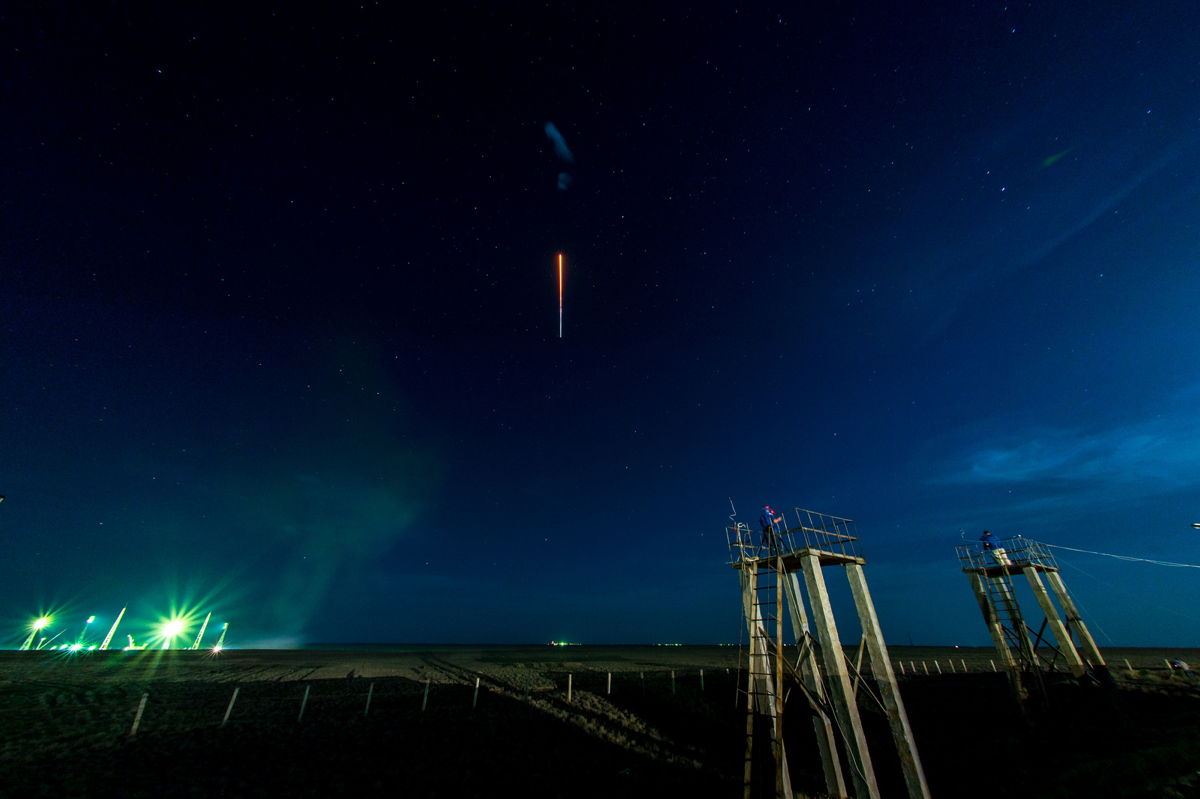
Thursday, June 6, 2013: A 30-second exposure shows a Soyuz rocket after it was launched from the Baikonur Cosmodrome in Kazakhstan to the International Space Station, May 29, 2013 (Kazakh time). The rocket carried Soyuz Commander Fyodor Yurchikhin of the Russian Federal Space Agency (Roscosmos), with Flight Engineers Luca Parmitano of the European Space Agency and Karen Nyberg of NASA. Yurchikhin, Nyberg and Parmitano will remain aboard the station until mid-November.
— Tom Chao
A Hole in the Sun
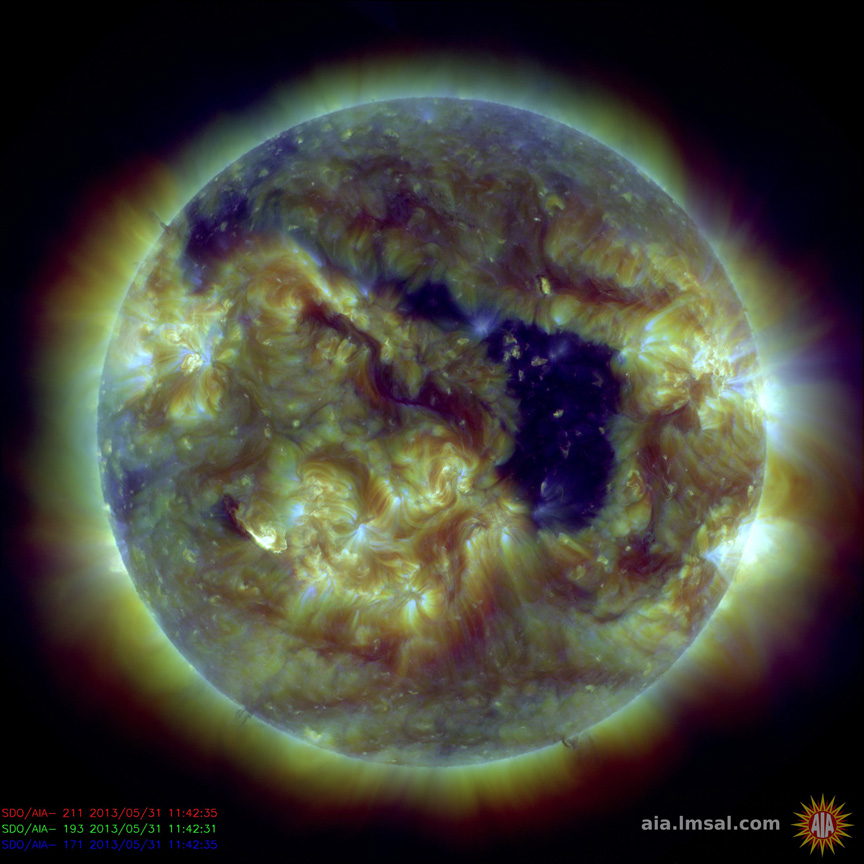
Friday, June 7, 2013: An extensive coronal hole on the sun rotated towards the Earth during the week of May 28-31, 2013. The massive coronal area represents one of the largest in a year or more. Coronal holes produce strong solar wind gusts that carry solar particles out to the Earth’s magnetosphere and beyond. These holes appear darker in extreme ultraviolet light images (as in this photo, which combines three wavelengths of UV light) because less matter exists at the temperatures observed. The coronal hole may generate some auroral displays on Earth.
— Tom Chao
Sunset Trail
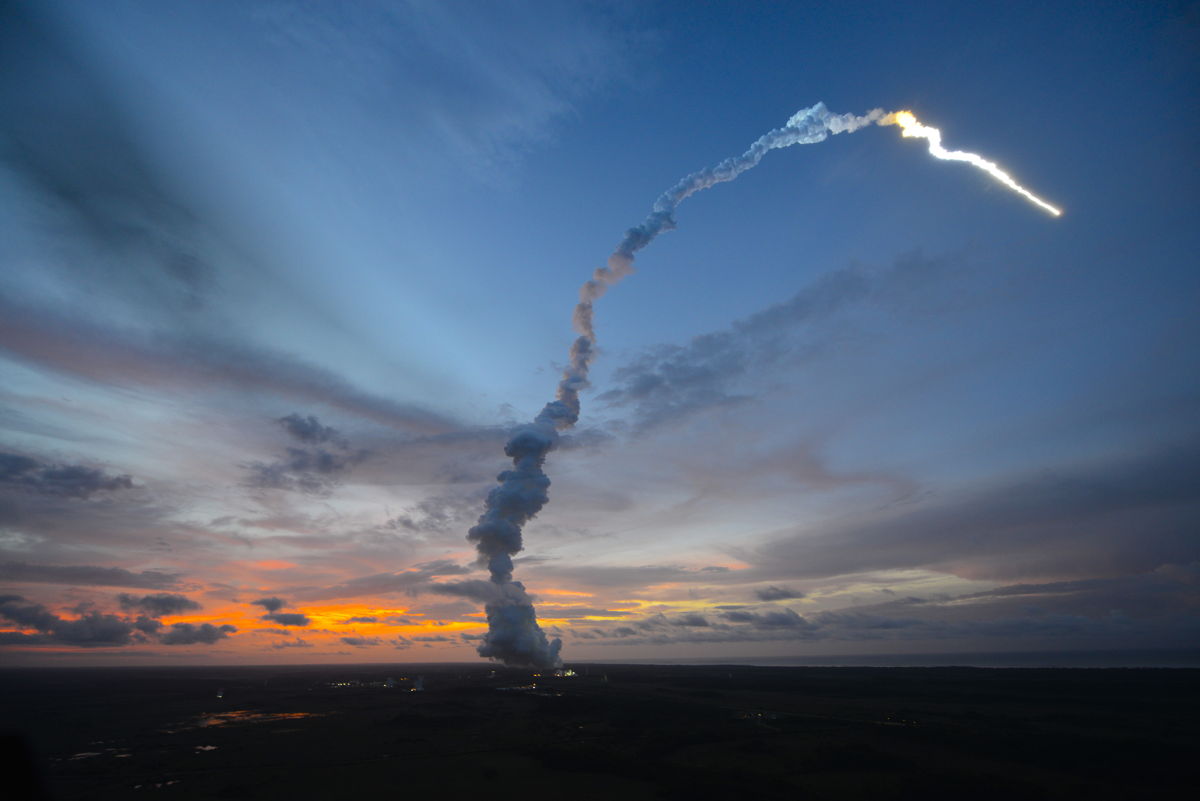
Monday, June 10, 2013: An Ariane 5 VA213 rocket lifted off from Europe's Spaceport in French Guiana with ESA's fourth Automated Transfer Vehicle, Albert Einstein, sending cargo to the International Space Station on June 5, 2013. ATV Albert Einstein carried 44,000 lbs. (20,190 kg), the most weight of any spacecraft ever launched by Ariane, beating predecessor ATV Edoardo Amaldi by 330 lbs. (150 kg.).
— Tom Chao
Get the Space.com Newsletter
Breaking space news, the latest updates on rocket launches, skywatching events and more!
Ultra Vivid Scene
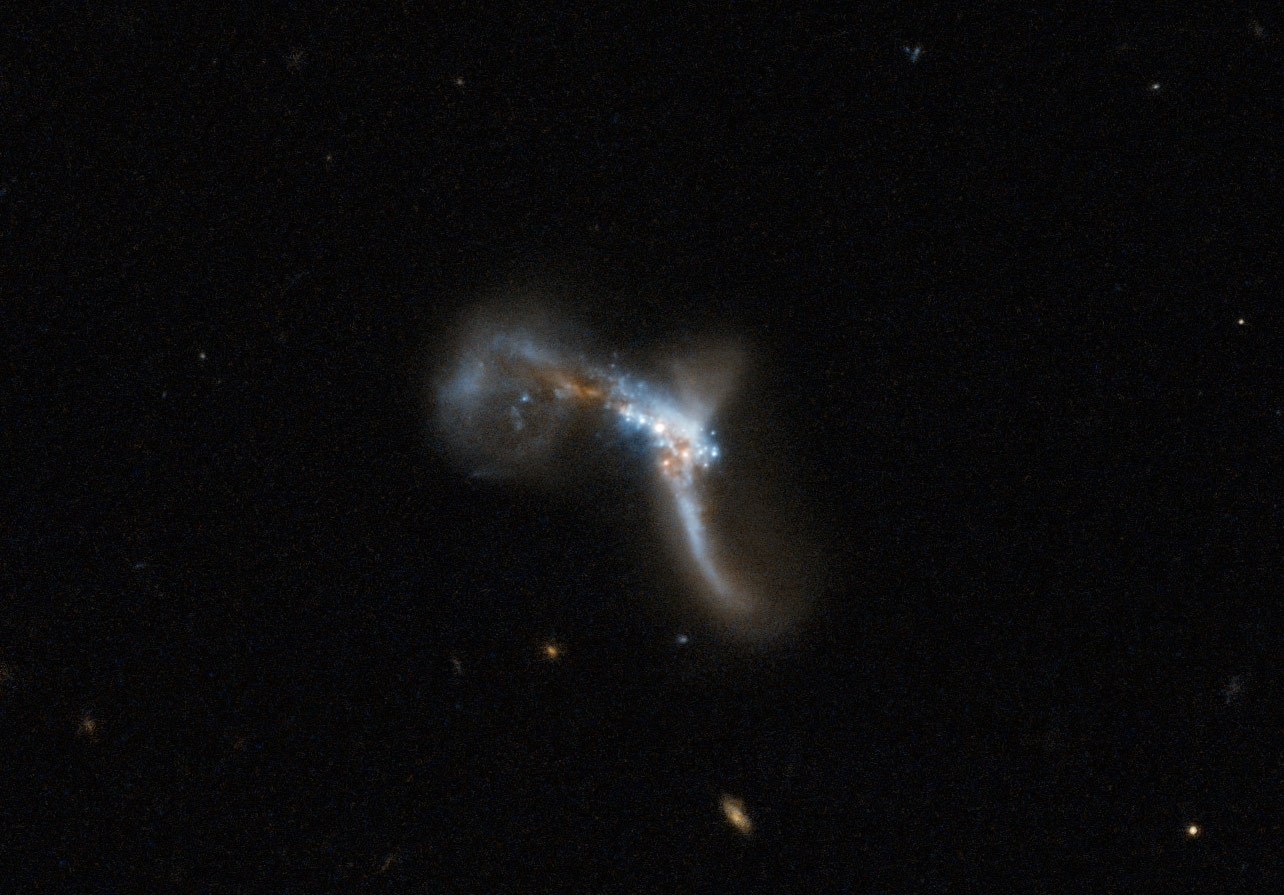
Tuesday, June 11, 2013: This contorted object, IRAS 22491-1808, also goes by the name of the South America Galaxy. It represents an ultraluminous infrared galaxy (ULIRG) that emits a huge amount of light at infrared wavelengths. The intense infrared emission stems from an episode of strong star formation activity, set off by a collision between two interacting galaxies. In the central, disturbed region, scientists have distinguished two nuclei, remains of two different galaxies currently colliding to form a new one.
— Tom Chao
Hair, Flow It, Show It
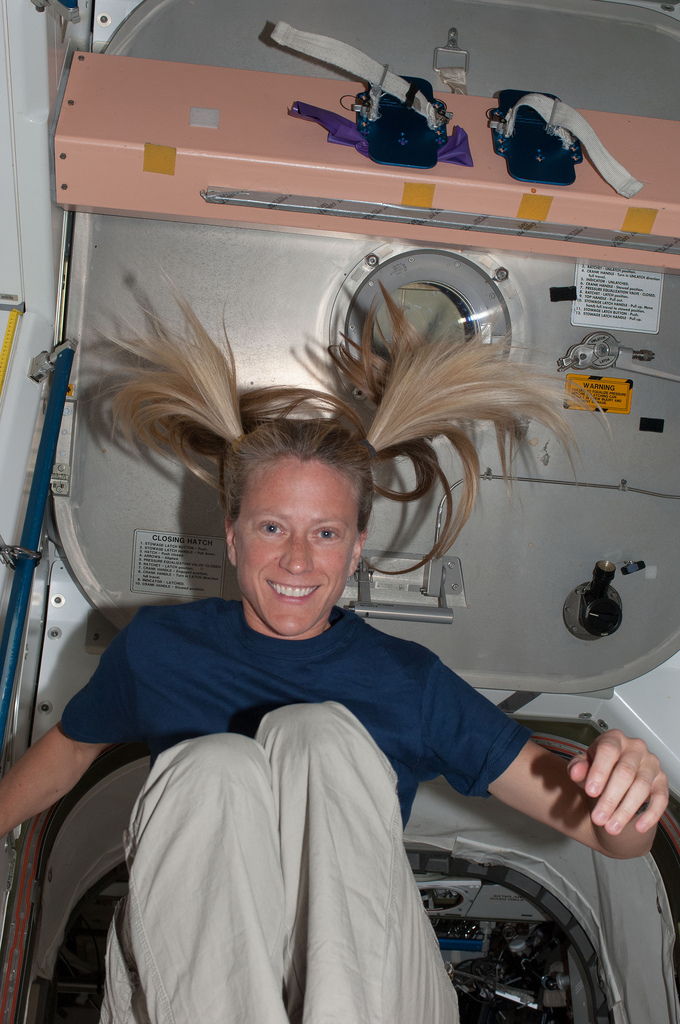
Wednesday, June 12, 2013: Karen Nyberg, Expedition 36 flight engineer, takes a floating break in the Unity node aboard the International Space Station, on June 3, 2013.
— Tom Chao
Simple Twist of Fate
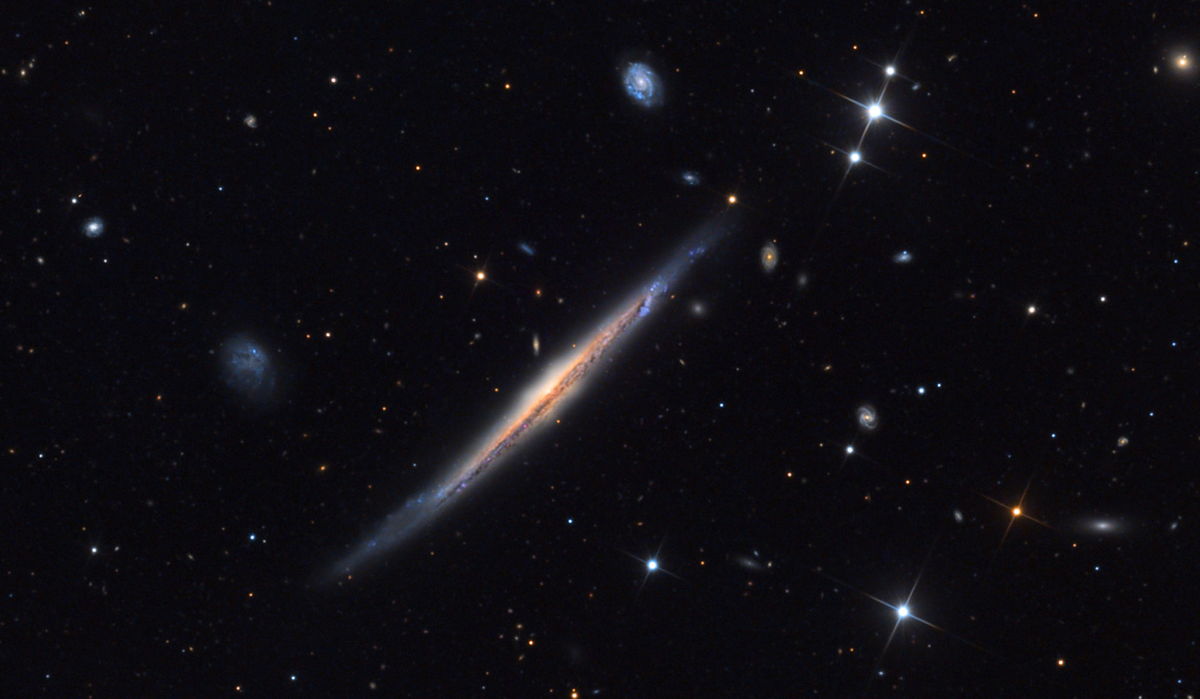
Thursday, June 13, 2013: Astronomer Adam Block of the Mount Lemmon SkyCenter (University of Arizona) sent in a photo of spiral galaxy NGC 5529, which appears edgewise to observers on Earth. He writes that NGC 5529 is: “significantly larger than our galaxy (perhaps twice as large), and displays a bit of a warped disk towards its wings.” He adds, “What adds to this vista are the numerous galaxies that float both near and far in this field.”
— Tom Chao
Brother Sun, Sister Moon
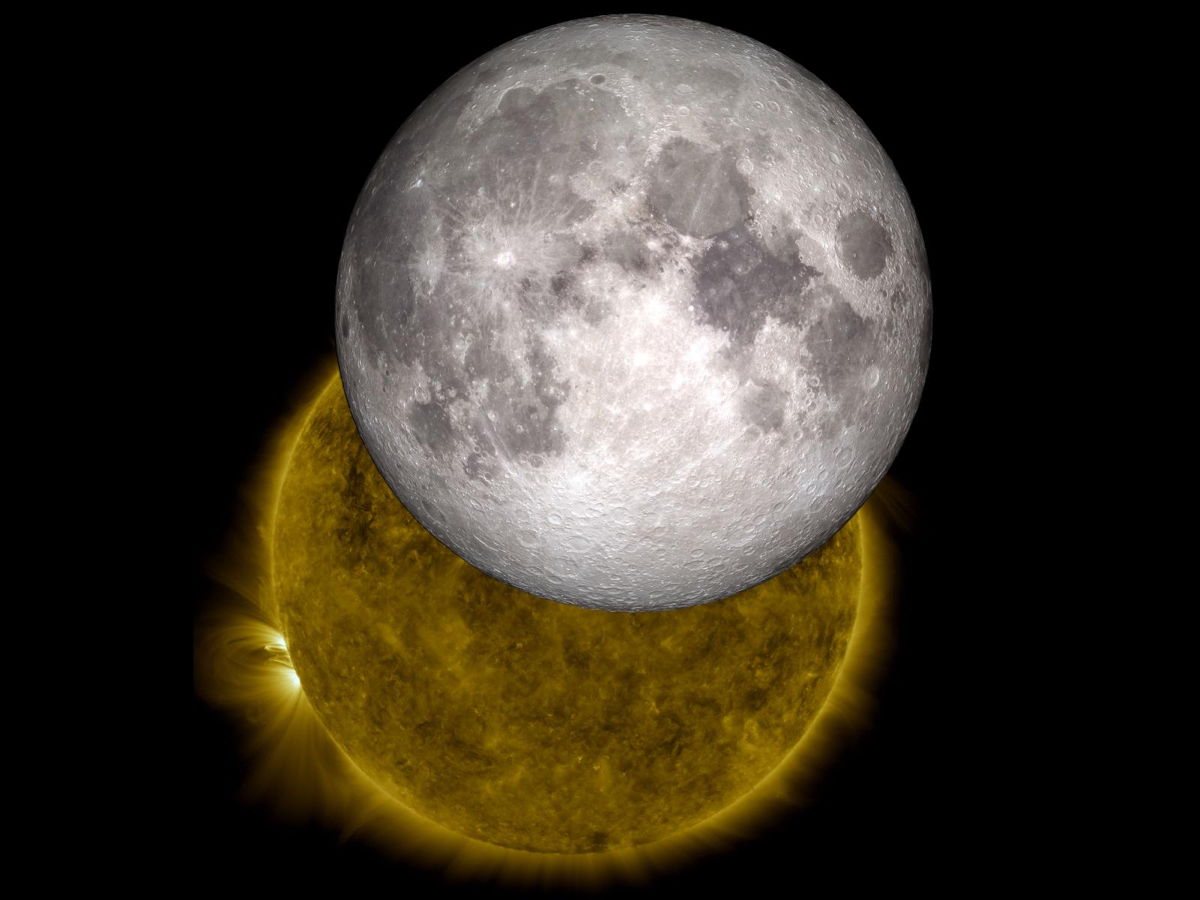
Friday, June 14, 2013: Two or three times a year, NASA’s Solar Dynamics Observatory spacecraft observes the moon traveling across the sun. On this SDO image from Oct. 7, 2010, NASA visualizers have added a 3-dimensional model of the moon, using Lunar Reconnaissance Observatory data, over the outline of the moon in the original image. The visualizers had to carefully match data from the correct time and viewpoint for the two separate instruments to create the composite image.
— Tom Chao
Join our Space Forums to keep talking space on the latest missions, night sky and more! And if you have a news tip, correction or comment, let us know at: community@space.com.










